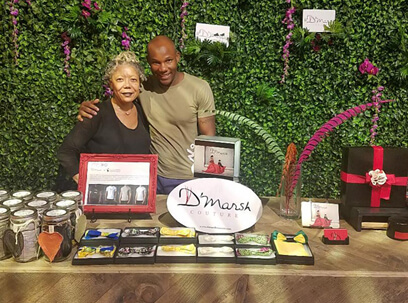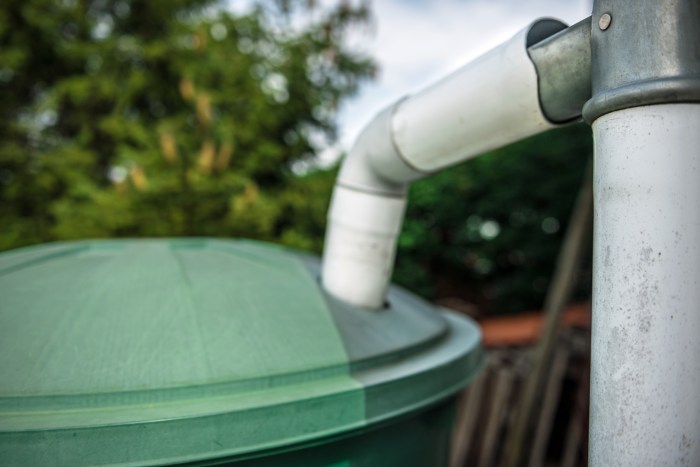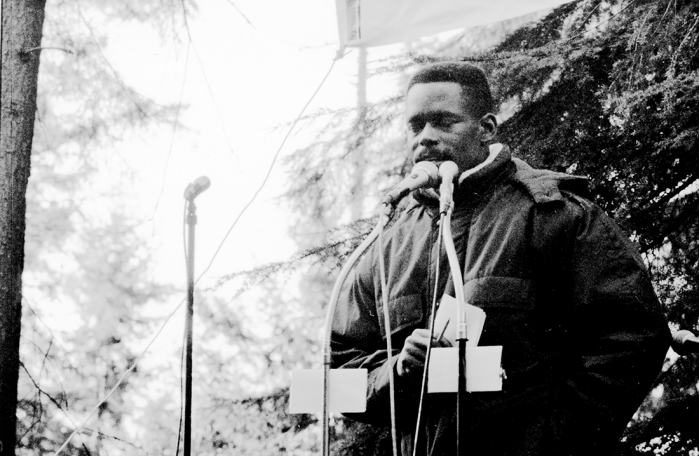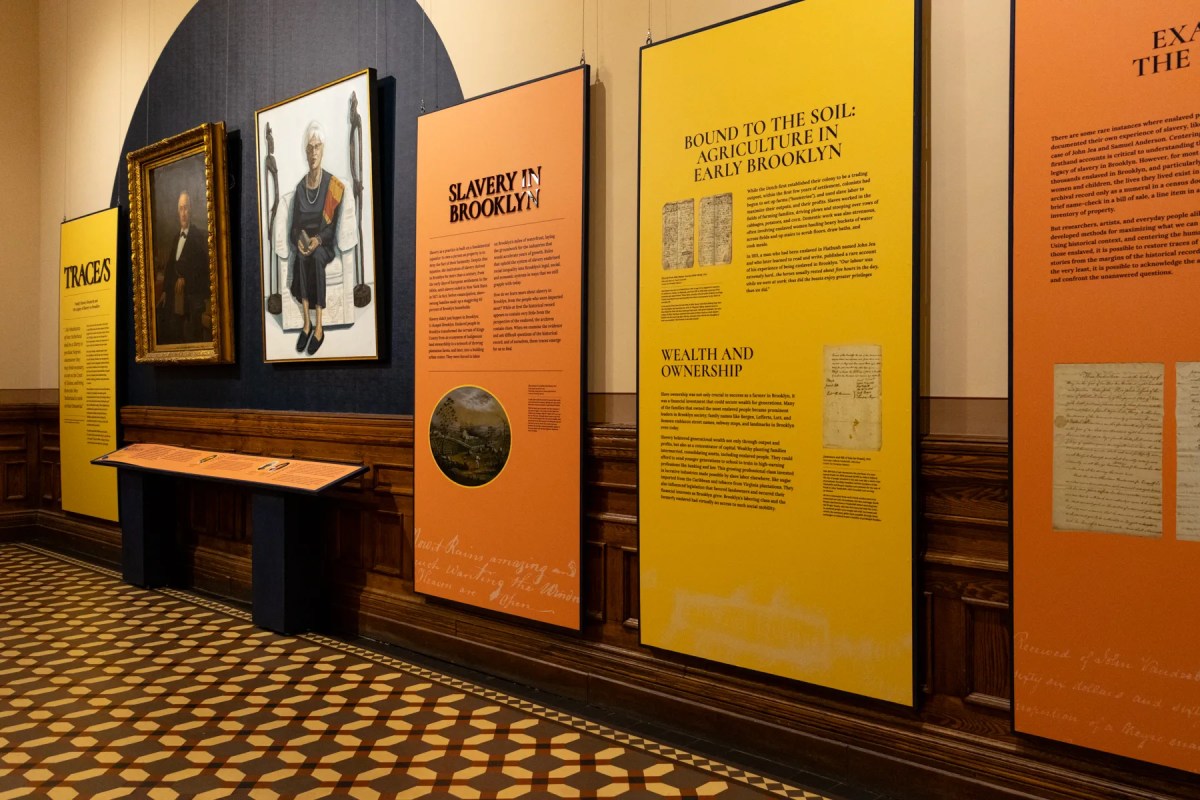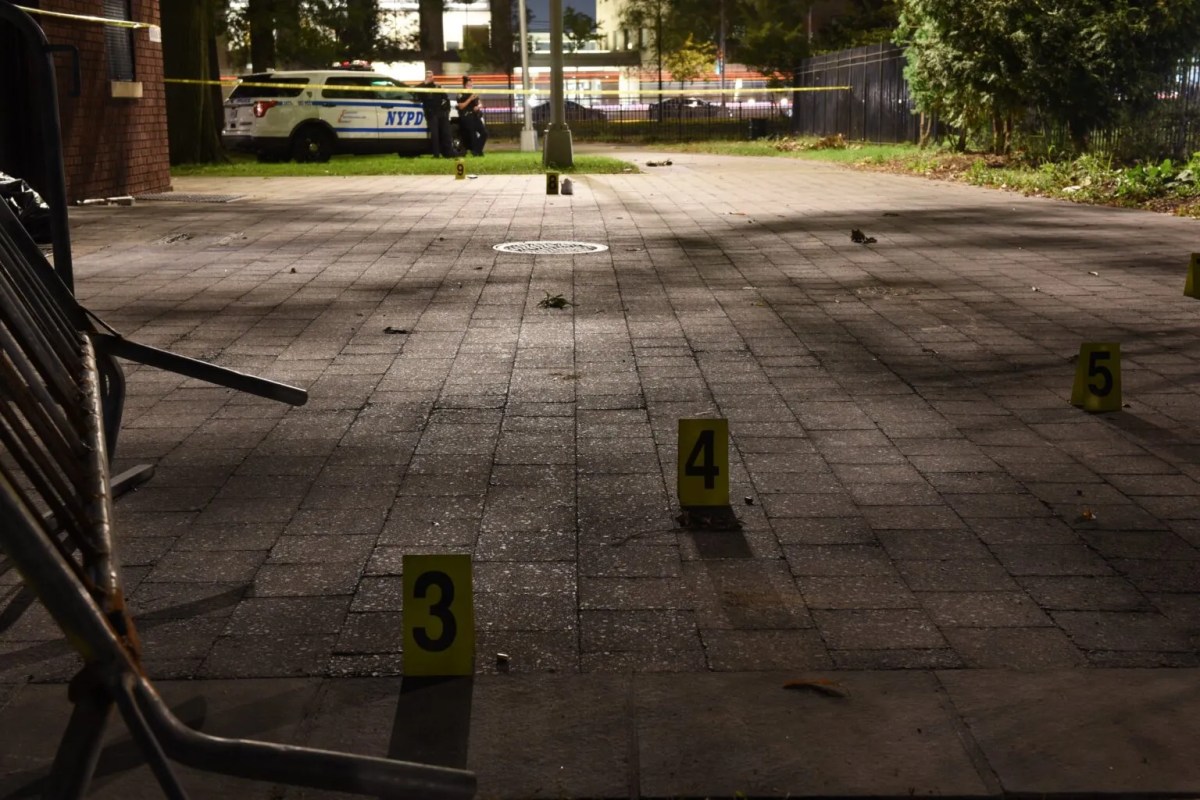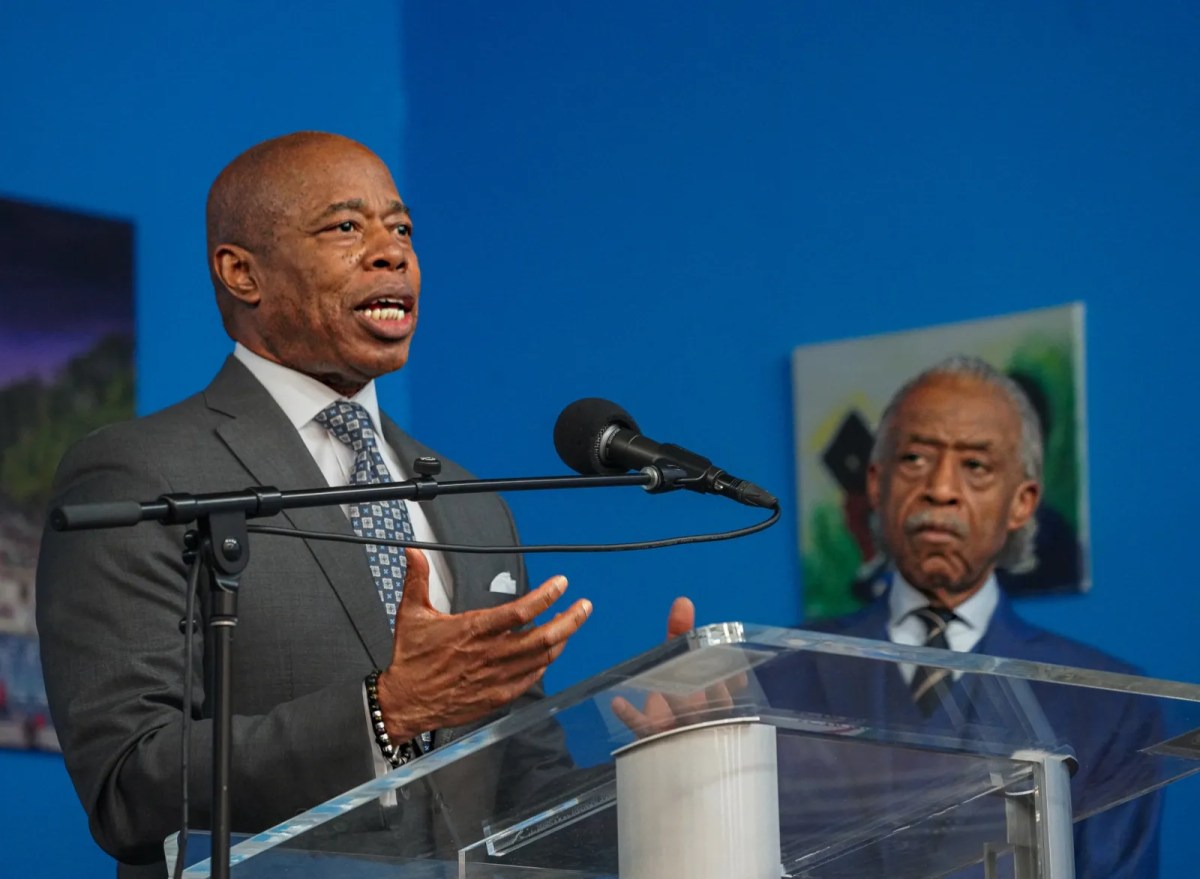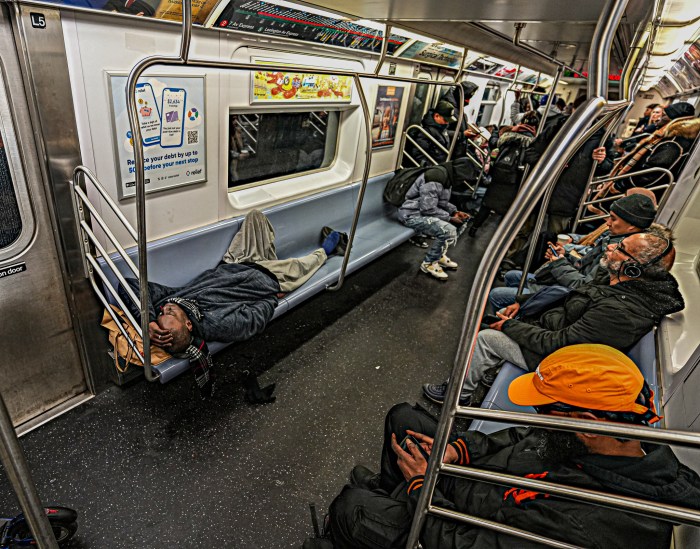“Those Once You Go You Know” promos enticing television viewers to vacation in Jamaica may well be a thing of the past.
Like the attention-getting commercials that features Bob Marley’s “One Love” signature reggae title, visual TV sales-pitch and full-page newspaper and magazine spreads they may soon be irrelevant.
Jamaica is now investing in the trendy retail merchandising venture of a “pop-up shop.”
Just in case the term does not resonate, it is a short-term or temporary retail event that is “here today, gone tomorrow.”
“Pop-up retail is the temporary use of physical space to create a long term, lasting impression with potential customers. A pop-up shop allows communication of a brand’s promise to customers through the use of a unique and engaging physical environment while creating an immersive shopping experience.”
Here recently at 393 Broadway in Soho/China Town, a marquee that looks permanent but was in place for only four days from Sept. 20-24 enticed passers-by to “Feel The Vibe.”
Outside, ladies offered cool coconut water and a concoction of ginger and mango juice. Inside, palm trees, tropical foliage, flower walls, a wooden runway, a bar, food space, sand barge, a large hammock, fashion retailer and a deejay represented the island nation.
Bob Marley’s captivating smile adorned a wall while scripted tales of the uniqueness of the island decorated bricks, panels and spaces left bare from the black, green and gold banner.
Inviting, glances substituted for the local Caribbean populace.
“Welcome to the first ever interactive celebration of Jamaican culture.”
Trudy Deans, the nation’s Consular General made the inaugural opening for the four-day unique retail exhibition. As a representative of the island she addressed a specially invited group by first pausing to acknowledge the devastating hurricanes which recently wreaked havoc throughout the Caribbean.
She announced that Edmund Bartlett, her island’s tourism minister was recently named coordinator of the United Nation World Tourism Organization (UNWTO) Disaster Recovery Working Group for affected countries in the Caribbean region.
She implored everyone gathered to contribute to relief efforts.
About the destination simulation, she promised gift certificates to Miss Lily’s restaurant, tickets to Lee Scratch Perry’s concert at Output, gift baskets and prizes of trips for two to the island nation with accommodations at the luxurious Montego Bay Half Moon Resort.
In addition she endeared guests with a promise of Grace Foods products, lunch-time cooking demos, a daily Jamaica patty hour, cool coconut water, a mini fashion show by Jamaican designer D’Marsh Couture and reggae music from DJ Norie of Power 105 FM.
Mulberry St. China Town residents Tom and Pam Lee happened into the sneak peek presentation and said they were very impressed by the distinctive outreach.
The couple stopped into the space after friends informed them of the new façade touting all things Jamaican.
They sampled jerk chicken, beef and vegetable patties, sipped on Red Stripe Beer and even danced to the latest reggae and dancehall tracks.
Their daughter Laura popped in the next day with her boyfriend who was headed to the airport to catch a plane to Chicago.
After checking out the sights, Laura purchased a candle before racing out.
“This is very nice,” she said, “I wish it was here longer. I would come back and maybe bring some friends.”
Sonia Chin, a Brooklynite stopped into the temporary space on the following evening, the first public opening to see for herself the replicated island / paradise.
Chin who hails from Spanish Town said she was elated that her birth-place had embraced the innovative marketing trend which offers an opportunity to ‘sell’ the island in an engaging manner.
Some of the benefits of the pop-up shop include: engaging and educating new customers. Visitors were able to physically see and feel most of the products before they actually made a purchase. Apparently, that tangible option “makes the shopping experience very enticing for consumers.”
To further validate the idea, a recent study by Accenture showed that 78 percent of shoppers are “webrooming” (browsing online, then purchasing in a store).
Liberty Travel, Golden Krust, Grace Foods and D’Marsh might have envisioned the benefits.
Another advantage of the shop is that the temporary shopping experience allows customers to buy with the kind of urgency that compels them to capitalize on items that may never be offered at a negotiable.
“The beauty of a pop-up shop is that it’s a limited window of time for consumers to engage with the brand and purchase products. The idea that the shop is not permanent is a huge plus point in getting customers to buy.”
Customers seem to want exclusive, limited edition, or other products they can’t get otherwise, and a pop-up shop delivers by being readily available in a place it might otherwise be non-existent.
From the House of D’Marsh, designer Glenroy March offered sleek bow-ties, T-shirts bottled in mason jars, scented candles, body scrubs, shower gel and lotions.
He also coordinated a mini fashion show featuring models that strutted the wooden runway each night wearing a variety of fashion-forward outfits.
March’s too-short presentation displayed African creations by Sorobis USA, bikini swimsuits designed by the Jamaica flag, evening wear and casual attire, some of which were presented at the recent New York fashion week shows throughout the city.
Perhaps the most aggressive retailer at the site throughout the weekend, the designer maintained constant presence throughout the four-days and engaged shoppers and curious patrons who wanted to learn more about his products, the island and its offerings.
March’s savvy marketing technique enticed guests who seemed eager to learn about his merchandise and were willing to invest in items some said they planned to gift friends or store away for the holiday.
However, the two main benefits of the shop were that the space offered buyers access to Jamaican products they might not necessarily see in the area as well as presented samplers and professionals who expertly generated brand awareness.
Although JTB can make claim to increased tourist arrivals attributed to their innovative and fanciful print and electronic public relations campaigns, a pop-up shop adds to any social media exposure while aid in measuring and identifying customer profiles as well as pin-point the areas or locations visitors are most likely to frequent.
By engaging prospective customers in a new location and delighting them with an unforgettable experience and quality products, the JTB can point their clients to their website and social accounts.
By Sunday, the shop had disappeared but will soon re-open in Vancouver, Canada.
If all goes well, Boston and a few other cities may experience the virtual reality pop-up shop.
Unfortunately not a single representative for the Jamaica Tourist Board visited the Broadway location.
Reports were that they were “all out of town” on a promotional campaign.
The representatives missed a valuable opportunity to measure the flow and interest of frequent visitors to Soho and Chinatown.
Ruder Finn’s Gail Moaney and her staffers, Lyndon Taylor, Michaela Barnes and others ably handled the media and civilian clientele who stopped in on the first evening. The mouthpiece for the island’s tourism agency responded to queries about everything from the cost of the pop-up to the absence of the JTB reps.
The shop opened daily from noon to 8 p.m. and except for delivering an authentic Olympian named Usain Bolt, an attempt at presenting the best of Jamaica offered food, fauna, fashion, music and an atmosphere that enabled patrons to “feel the vibe.”
Catch You On The Inside!



